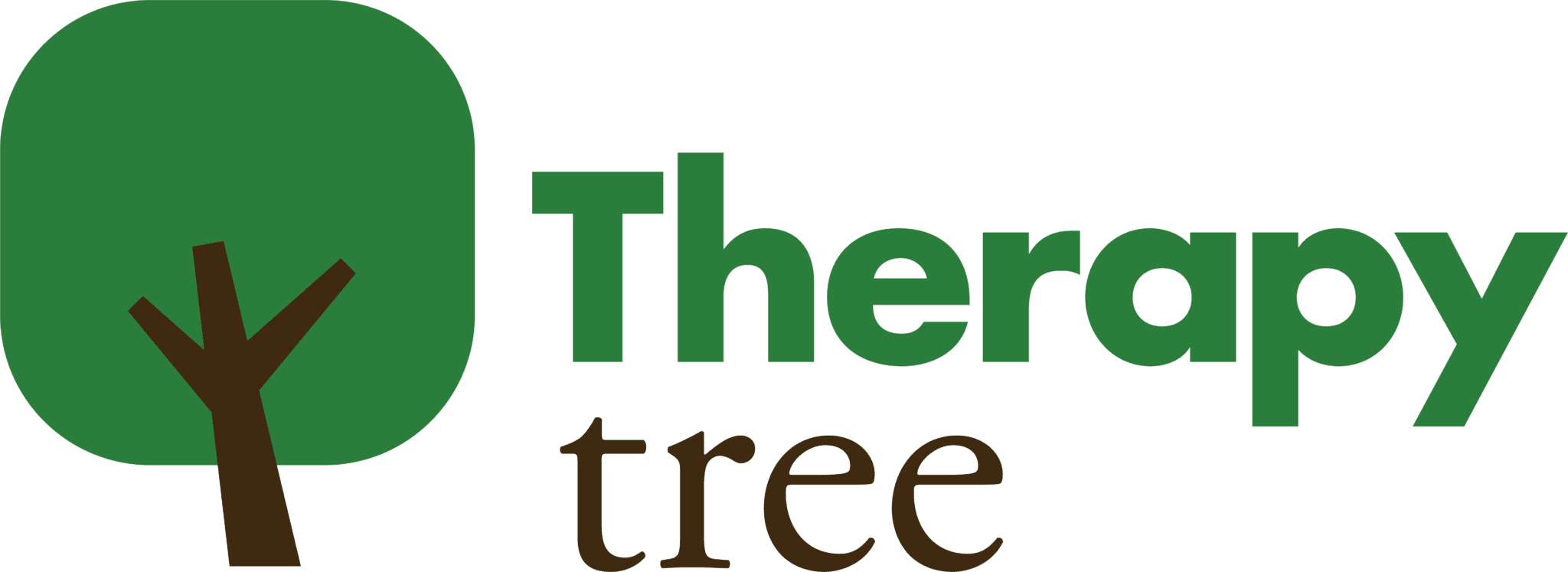The first step in helping your child is to identify areas of need by establishing a baseline comparison with your childs age matched peers. Our skilled Speech-Language Pathologists use formal assessments, parent/physician/teacher/child reports and concerns, behavioral observations, and other background information to help to determine the areas with which your child would benefit from improvement. Evaluation results are analyzed and, as a team, we develop goals which are designed to help achieve success through a carefully designed sequence of activities.
As a key member of the team, parents and caregivers can maximize the therapists ability to identify areas of need by providing complete background information. Before the evaluation, parents/caregivers are asked to fill out a comprehensive patient history forms. These forms help the therapy team to have a more complete picture of your childs needs. It is helpful when parents are able to provide a completely filled out patient history forms to the therapist prior to the evaluation appointment to allow the therapist to be able to fully prepare for the evaluation. It is ok for parents to bring completed forms to the initial evaluation meeting, however, it is optimal to have the forms available to the therapist prior to the initial evaluation appointment.
Therapists are trained to identify information from parent/physician concerns and other background information in order to select which formal evaluations to use during the evaluation appointment. Depending upon the age and needs of the child, the evaluation can look very different for different children. With younger children or children with significant cognitive delays, evaluation can be very play based. With older preschool children, evaluation may include formal testing as well as play based interaction. For older school aged children, testing may be more formal and may resemble more of an academic setting.
Areas of Assessment may include (but are not limited to) assessment of:
- Receptive Language
- Expressive language
- Grammar/Syntax
- Articulation
- Voice Quality
- Modality of Communication
- Social and Pragmatic use and understanding of language
- Fluency
- Auditory Comprehension
- Memory
- Orofacial Examination
- Following Directions
- Understanding of Complex Language

The speech-language evaluation is key in helping therapists develop a plan of action. It helps therapists understand areas of need, where to begin, and how to carefully design a sequence of activities to achieve set goals.
Following evaluation, interpretations and findings are provided to parents in a written report and parents receive a letter or a phone call detailing recommendations. Therapists are available by appointment to discuss evaluation results in detail.
